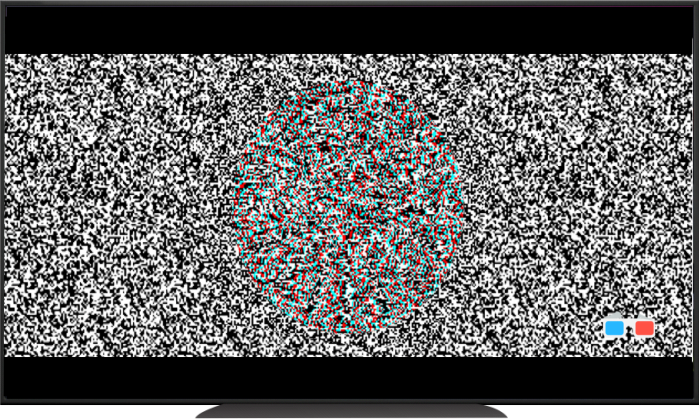Depth perception is the ability to accurately judge distances between two objects. This is a critical skill for a person to have, as it contributes to safety in everyday activities such as driving and walking. The depth perception test is used to evaluate an individual’s depth perception skills, and it can be administered by an optometrist or ophthalmologist. In this article we will explain the basics of the depth perception test, how it works, and how to perform it.
What is depth perception
There are three main cues that our brain uses to judge depth: size, position, and motion. These cues are used together to give us a clear picture of the world around us and how far away objects are.
Size cues include both an object’s actual size and how big it appears in our field of view. If an object is closer to us, it will appear larger than if it is further away. Our brain also takes into account how far away we are from an object when judging its size. For example, a building that looks small when we are standing right next to it will look much larger when we are standing at a distance.
Position cues include both an object’s location in space and how it moves over time. When an object is closer to us, it will appear in a different location in our field of view than if it is further away. Our brain also uses motion parallax to judge depth. This cue occurs when we move our head side-to-side or up-and-down while looking at an object. As we move, objects that are close to us will appear to move more than objects that are far away.
The third cue, known as stereopsis, occurs when we use both eyes to see the world around us. Our eyes are positioned about two inches apart from each other, which gives each eye a slightly different view of the world. Our brain combines these two views into one three-dimensional image.
How the anaglyph images work
The anaglyph images are created by taking two separate images and superimposing them on top of each other. The left eye image is filtered to remove all colors except for red, while the right eye image is filtered to remove all colors except for blue. When viewed through the red-blue glasses, the two images appear as a single image with three-dimensional depth.
The brain uses cues from the two different images to construct a sense of depth. One cue is known as binocular disparity, which refers to the difference in position of objects seen by the left and right eye. Objects that are closer to us appear displaced more than objects that are further away. The brain uses this information to calculate distance. Another cue used by the brain is known as convergence, which refers to the angle at which our eyes converge when looking at an object. The greater the convergence, the closer we perceive an object to be.
The anaglyph images work because they exploit these two cues. The left and right eye images are slightly offset from each other, so when viewed through the glasses, there is a binocular disparity cue that tells the brain that the image contains depth information. In addition, because our eyes have to converge more when looking at nearby objects, there is also a convergence cue that tells the brain that the image is three-dimensional. Together, these cues trick our brains into perceiving depth where there is
The depth perception test interpretation

There are a few different ways to interpret the results of a depth perception test. The most common way is to use the relative size method, which compares the size of objects in the two images. If the sizes are the same, then the person has normal depth perception. If the sizes are different, then the person may have poor depth perception.
Another way to interpret the results of a depth perception test is to use the fusion method. This method looks at how well the two images merge together. If they merge perfectly, then the person has normal depth perception. If they do not merge perfectly, then the person may have poor depth perception.
The last way to interpret the results of a depth perception test is the anaglyph method. Using lenses with different colors we can project different images on each eye. People with impaired stereoscopic depth perception (stereo blind) will not be able to observe three-dimensional objects in this method. The EyeCharts visual acuity system uses this method to assess depth perception. On EyeCharts visual acuity software it is possible to use blue-red lenses and green-red lenses. The EyeCharts visual acuity screen uses a wheel or rudder anaglyph that appears in 3 dimensions when the patient is tested for positive depth perception.



